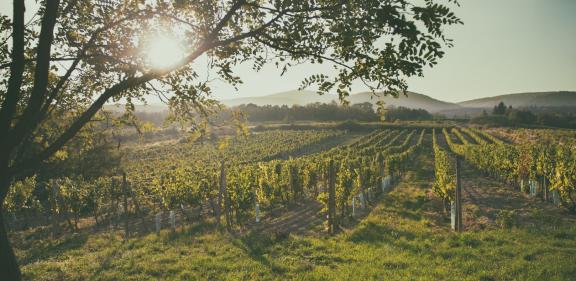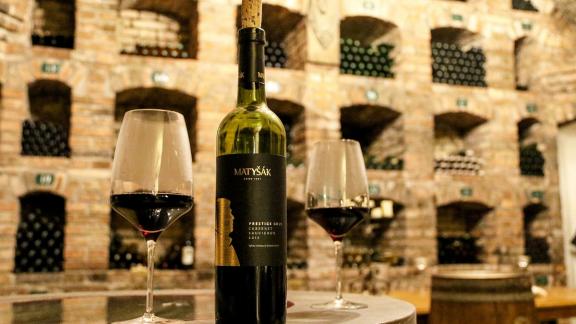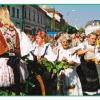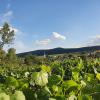Unique Slovak Wine Varieties
Changing conditions, new tastes
Despite the variations in terroir, most of Slovakia normally has a continental climate with short, hot summers and hard winters, which tends to favour rapidly-fruiting vines. However, in recent years, perhaps affected by global warming, the climate has grown milder. This has broadened the palette of grapes from which winemakers can choose, notes Dominik Baránek, sommelier at Víno Matyšák, one of Slovakia’s leading winemakers.
The vines for Breslava – an historic name for Bratislava – were created in 1960 by crossing Chrupka červená (Chasselas rose) with Tramín červený (Gewürztraminer) and Santa Maria Alcantara. “Breslava has a weak resistance to cold winters, which meant that this white wine grape was not used for wines for many years,” says Baránek. “But with the changing climate, the variety returned to the official list in 2011. The characteristics of this wine are a lighter to medium body, pleasant and fresh acidity with beautiful aromatic notes found in Tramín, and a taste of grapefruit.”
Breslava, along with an astonishing 23 other grape varieties, was created by viticulturist extraordinaire Dorota Pospíšilová, who is widely recognised as the ‘first lady of Slovak wine’. – and is living proof of the benefits of a life spent among the vines: she is still in vigorous good health in her nineties, as can be seen in this 2020 interview.
Pospíšilová was referenced by every Slovak winemaker contacted for this article, and it is creations like hers – not to mention the determination of craft winemakers who carried the flame, often on small family plots, during the second half of the twentieth century – that represent some of the most compelling reasons to visit Slovak vineyards.
Along with her colleague Ondrej Korpás, Pospíšilová also created the Devín variety, a white-wine grape cross between Tramín Červený (Gewürztraminer) and Veltlínske červené skoré that Baránek also recommends. Its more sparse leaves allow grapes to ripen more quickly, allowing it to be grown in almost every wine region in Slovakia, and it is versatile, being used to produce a wide array of styles from dry to sweet, and from lighter to more full-bodied.
Baránek describes Devín as “seductively aromatic with spiciness and Muscat aromas, carrying fruit flavours of ripe citrus, pear, dried apricots and often exotic fruits with honey undertones.”
Among the uniquely Slovak reds is Dunaj (the Slovak name for the Danube), a variety created – again by Pospíšilová and Korpás – by crossing Muscat with Oporto and Svätovavrinecké (St. Laurent). It has proved very well-suited to local conditions and soil types and is often used for wines that improve with ageing in barrels. Dunaj, says Baránek, “is rich red in colour with aromas of dark cherries, plums and chocolate, with softer and smoother tannins. It’s great with local meats or just by its own for autumn evening meditation.”
Indeed, the locations in which these wines are grown is another draw for wine enthusiasts. The small but picturesque wine towns of the Small Carpathians, like Modra and Svätý Jur, surrounded by vineyards, are the perfect places to spend such an evening.
























